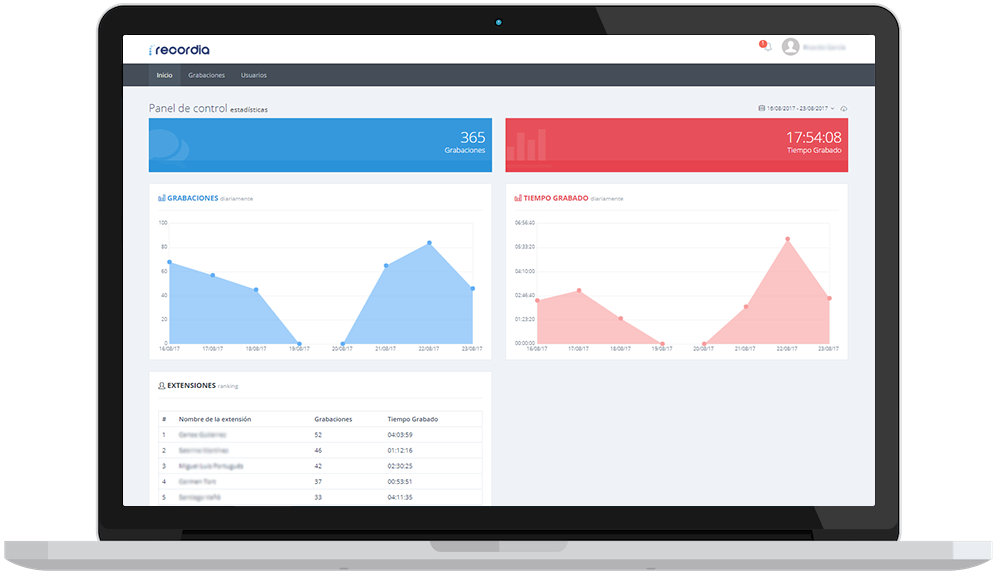
The ecological niche models showed a wider palaeodistribution during the LIG and a retraction during the LGM for both species.

reitzii exhibits low genetic diversity, which may be a result of a founder or distribution-reduction effect, narrow distribution or small population size. The cpDNA and SSR data showed a north–south pattern of the diversity distribution and structured populations, suggesting that gene flow is probably limited. Niche divergence was quantified between these two. reitzii and Recordia boliviana, a closely related species, were modelled and projected onto the Last Glacial Maximum (LGM) and Last Interglacial (LIG) periods. reitzii populations, the current potential distributions of R. To assess the historical processes that may have influenced the distribution of extant R. We analyzed the genetic diversity of Recordia reitzii, a tree restricted to the threatened and highly fragmented Brazilian Atlantic forest, using three intergenic cpDNA spacers and ten microsatellite (SSR) loci. Genetic diversity analyses, coupled with ecological niche modelling (ENM) of species with a restricted distribution, may provide valuable information for understanding diversification patterns in endangered areas. Based on the sister relationship and morphological similarities between the genera Verbenoxylum and Recordia, we propose the inclusion of Verbenoxylum reitzii into Recordia, forming the new combination Recordia reitzii. The morphological traits analyzed prove not to be useful to distinguish tribes but are important at lower taxonomic levels. Verbenoxylum is nested within the tribe Duranteae, sister to Recordia, a monotypic genus endemic to Bolivia, a placement never reported before. Morphological traits that had been traditionally used to distinguish tribes within Verbenaceae, as well as those employed to characterize Verbenoxylum, were examined. Sequences of the plastid regions of ndhF gene and trnL-trnF intergenic spacer were analyzed to conduct phylogenetic studies with maximum parsimony, maximum likelihood, and Bayesian inference. Molecular data were here analyzed to infer the phylogenetic placement of this genus furthermore morphological data was studied in order to examine traits that support relationships among taxa. See Edit authority records and Exchange records for peer review for more information.In spite of the recent studies on the phylogeny of Verbenaceae, the position of the monotypic Verbenoxylum, endemic to the Atlantic rainforest in southeastern Brazil, remains unsolved. Although not required to submit for review, you have a question about a name authority record you created.You are a newly authorized NACO participant required to do so.In the following situations, submit new authority records for review before adding to the LC authority file: Ĭaution: If you are online and log off without saving the new record or adding it to the LC authority file, your record is lost. Navigate to Action > Save Record to Local File or press.Navigate to Action > Save Record to Online File or press.

Note: If you click the Add to Authority File command for a record from the local save file while you are offline, the record is marked R (Ready) for batch processing. If no record exists, validate and then add the record to the LC authority file: Navigate to Action >Add to Authority File or press.To prevent duplicate records, search the LC authority file again, immediately before adding a record, to verify that no one has added a record for the item since you began cataloging it.To add a record to the LC authority file:
#Recordia lc how to#
Discover how to add record to the LC authority file, save to online or local file, or submit for peer review in Connexion client.Īfter creating a record, NACO participants can add it to the LC authority file, or you (NACO or non-NACO catalogers) can save it for further editing or for peer review.


 0 kommentar(er)
0 kommentar(er)
